Embark on a cinematic adventure with our comprehensive Bridge of Spies Viewing Guide. Immerse yourself in the gripping true story of a Brooklyn lawyer thrust into the heart of the Cold War’s most dangerous spy exchange.
From the historical context to the film’s visual brilliance, we’ll delve into every aspect that makes Bridge of Spies a must-see cinematic experience.
Film Summary
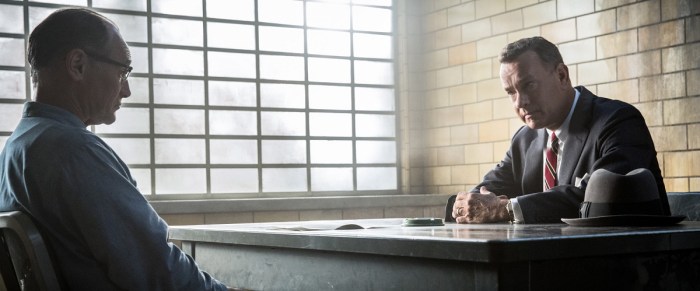
The film “Bridge of Spies” is set during the Cold War in the 1950s and 1960s, a period of heightened tensions between the United States and the Soviet Union. It tells the true story of James Donovan, an American lawyer who was tasked with negotiating the release of a captured U-2 spy plane pilot, Francis Gary Powers, in exchange for a Soviet spy, Rudolf Abel.Donovan,
a respected insurance lawyer with no prior experience in espionage, finds himself thrust into the treacherous world of international diplomacy. Despite the risks and challenges, Donovan remains steadfast in his commitment to justice and the rule of law, even when it means putting his own life in danger.
Main Characters
James Donovan: An American lawyer who is appointed to defend Rudolf Abel and negotiate the release of Francis Gary Powers. Rudolf Abel: A Soviet spy who is arrested in the United States and becomes Donovan’s client. Francis Gary Powers: An American U-2 spy plane pilot who is shot down over the Soviet Union.
Historical Accuracy
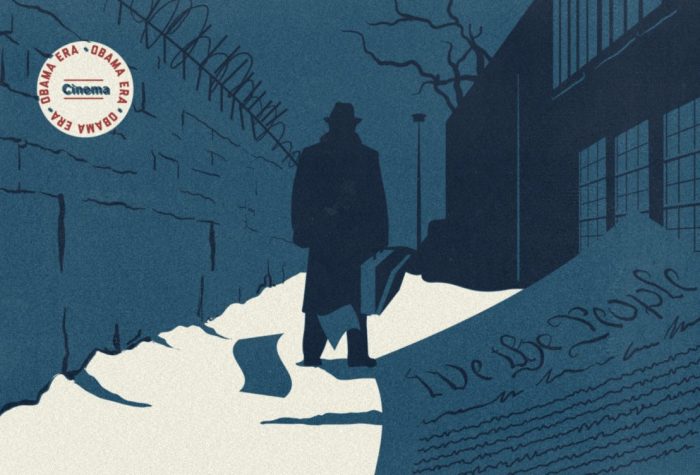
Bridge of Spies strives to portray the historical events surrounding the 1962 exchange of captured spies between the United States and the Soviet Union. While it largely adheres to the factual timeline and key players, the film does take some creative liberties to enhance the narrative.
Portrayal of Events
- The film accurately depicts the arrest of Rudolf Abel and his subsequent trial, as well as the capture of Francis Gary Powers and his U-2 spy plane.
- The exchange of the spies at the Glienicke Bridge is portrayed with historical accuracy, including the tense atmosphere and the presence of high-ranking officials from both sides.
- The film highlights the role of James B. Donovan as Abel’s defense attorney and his efforts to negotiate the spy exchange, which largely aligns with historical records.
Creative Liberties
- The film simplifies the complex political negotiations and international tensions that led to the spy exchange, focusing more on the personal stories of Donovan and Abel.
- Some scenes are dramatized for cinematic effect, such as the meeting between Donovan and Abel in a prison cell and the dramatic confrontation between Donovan and the Soviet officials at the exchange.
- The film portrays Abel as a more sympathetic character than he may have been in reality, while Powers’ character is depicted with less nuance.
Impact on Overall Message
The film’s creative liberties do not detract from its overall message about the importance of diplomacy, negotiation, and the rule of law in international relations. By humanizing both Abel and Donovan, the film emphasizes the need for understanding and empathy even in the midst of conflict.
Cinematography and Direction
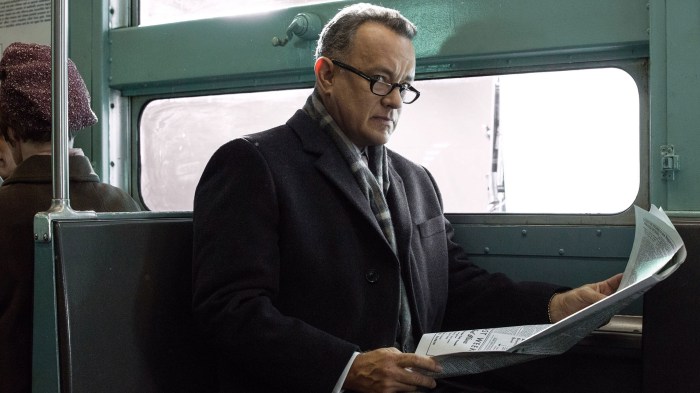
Bridge of Spies showcases exceptional cinematography, lighting, and camera techniques that contribute to its captivating atmosphere and emotional impact. Director Steven Spielberg employs a distinct visual style that enhances the film’s themes and characters.
The film’s cinematography, led by Janusz Kamiński, utilizes natural light and muted colors to create a realistic and immersive setting. The use of long takes and wide shots allows for uninterrupted observation of the characters and their surroundings, drawing viewers into the story’s emotional core.
Lighting and Color Palette
The lighting in Bridge of Spies is meticulously crafted to evoke specific emotions and set the tone for each scene. Warm, golden hues illuminate intimate moments, while cold, bluish tones convey tension and isolation. The film’s color palette is deliberately subdued, with muted greens, grays, and browns dominating, reflecting the somber and serious nature of the subject matter.
Camera Techniques
Spielberg’s camera techniques play a crucial role in shaping the film’s atmosphere. Long takes, often lasting several minutes, create a sense of realism and immediacy, allowing viewers to fully immerse themselves in the characters’ experiences. Wide shots capture the vastness of the Cold War landscape, emphasizing the characters’ smallness and vulnerability within the larger geopolitical context.
Character Development
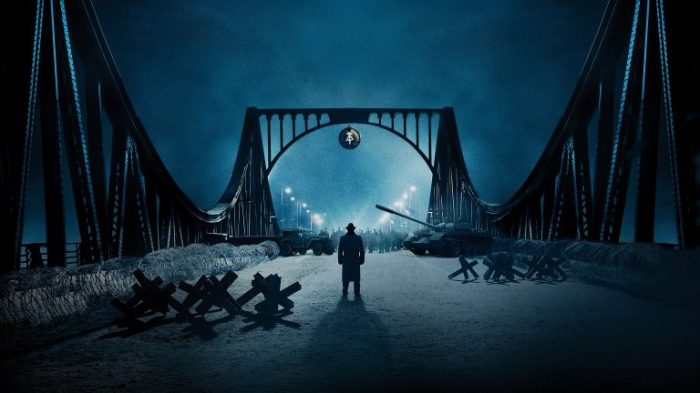
Bridge of Spies presents a nuanced portrayal of its characters, capturing their motivations, conflicts, and growth throughout the film.The film’s protagonist, James B. Donovan, undergoes a significant transformation. Initially portrayed as a pragmatic lawyer, he gradually develops a deep sense of empathy and understanding for his client, Rudolf Abel.
Donovan’s journey reflects the moral complexities of the Cold War, as he navigates the tension between his duty to his country and his belief in human rights.Rudolf Abel, the Soviet spy, is not simply a one-dimensional antagonist. The film reveals his vulnerability and humanity, challenging viewers’ preconceptions about the nature of espionage.
Abel’s stoic demeanor and quiet intelligence add depth to his character, making him a compelling and sympathetic figure.
The Motivations and Conflicts of the Characters
James B. Donovan’s motivations are complex and multifaceted. His initial reluctance to represent Abel stems from his fear of being labeled a traitor. However, as he delves deeper into the case, he becomes increasingly convinced of Abel’s innocence and the importance of upholding the rule of law.
Donovan’s journey reflects the moral dilemma faced by many Americans during the Cold War, as they grappled with the balance between patriotism and civil liberties.Rudolf Abel’s motivations are driven by his unwavering loyalty to the Soviet Union. He believes that his espionage activities are essential for protecting his country’s interests.
However, Abel’s personal sacrifices and the pain he endures for his cause add a layer of tragedy to his character.
How the Characters’ Actions Contribute to the Film’s Themes, Bridge of spies viewing guide
The actions of James B. Donovan and Rudolf Abel contribute significantly to the film’s themes of moral ambiguity and the importance of diplomacy. Donovan’s willingness to defend Abel, even at the risk of his own reputation, underscores the belief that justice should be blind to political considerations.
Abel’s refusal to betray his country, even under immense pressure, highlights the complex loyalties and sacrifices involved in espionage.Through these characters, Bridge of Spies explores the human cost of war and the dangers of ideological extremism. The film argues that even in times of conflict, diplomacy and mutual understanding are essential for finding common ground and resolving differences peacefully.
Themes and Symbolism: Bridge Of Spies Viewing Guide
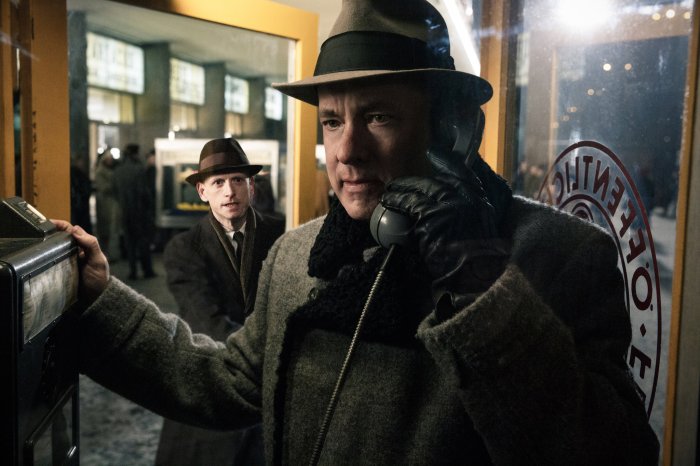
Bridge of Spiesexplores profound themes that resonate deeply with audiences. These themes are conveyed through powerful symbolism, enriching the film’s narrative and emotional impact.
The Cold War and Espionage
The Cold War serves as the backdrop of the film, highlighting the heightened tensions and paranoia of the era. Espionage becomes a symbol of the secretive and dangerous nature of international relations, where trust and loyalty are constantly tested.
The Conflict between Personal and National Loyalty
Donovan faces a moral dilemma as he must choose between his duty to his country and his personal beliefs. The film explores the complexities of patriotism and the sacrifices individuals may have to make for the greater good.
As you prepare for your viewing of the thrilling Cold War drama “Bridge of Spies,” take a moment to ponder the weighty subject of a box of books. A collection of mere words, weighing 325 Newtons ( a box of books weighing 325 n ), can hold profound power, just as the events depicted in “Bridge of Spies” remind us of the impact of individuals in the face of global tensions.
The Power of Diplomacy and Dialogue
Despite the escalating tensions, diplomacy and dialogue play a crucial role in resolving the crisis. The negotiations between Donovan and Ivanovich symbolize the possibility of peaceful resolution, even amidst profound differences.
The Importance of Justice and Fair Play
The film emphasizes the importance of upholding justice and fair play, even in the face of adversity. Donovan’s unwavering commitment to due process and the rights of the accused serves as a reminder of the fundamental principles that should guide legal proceedings.
The Bridge of Understanding
The title of the film, Bridge of Spies, symbolizes the metaphorical bridge that is built between the two nations and the two men. This bridge represents the possibility of understanding, cooperation, and reconciliation, even in the most divided of times.
Cultural Impact
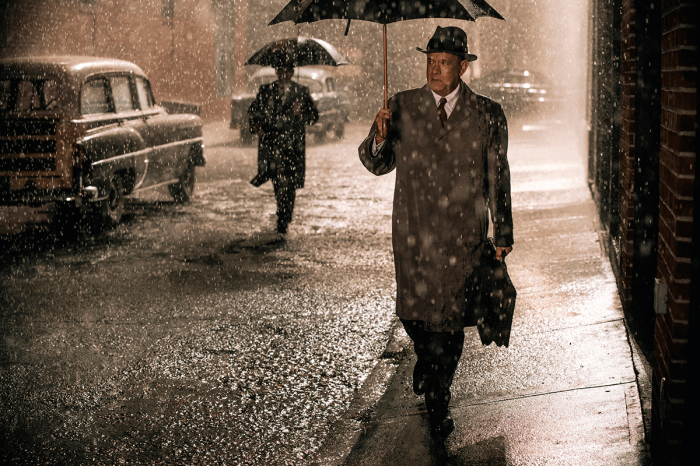
Bridge of Spieshas had a significant impact on popular culture, history, and the arts.
The film’s realistic portrayal of the Cold War and its complex ethical dilemmas has sparked discussions about the limits of national loyalty and the importance of individual conscience.
Historical Significance
The film’s depiction of the U-2 spy plane incident and the subsequent prisoner exchange between the United States and the Soviet Union is widely regarded as historically accurate.
It has helped to shed light on this pivotal event and its role in shaping the Cold War.
Influence on Subsequent Works
Bridge of Spieshas influenced numerous subsequent works of art and media, including:
- The 2017 film The Snowman, which features a similar Cold War setting and ethical dilemmas.
- The 2018 television series The Americans, which explores the lives of Soviet spies living in the United States during the Cold War.
FAQ Resource
What is the historical context of Bridge of Spies?
The film is set during the Cold War and centers around the 1962 exchange of captured Soviet spy Rudolf Abel for American U-2 pilot Francis Gary Powers.
How historically accurate is the film?
While the film takes some creative liberties, it generally adheres to the historical events. However, certain characters and scenes have been dramatized for cinematic purposes.
What makes Bridge of Spies visually stunning?
The film boasts stunning cinematography, with its use of muted colors and sharp angles creating a distinct Cold War atmosphere. The attention to detail in set design and costumes further immerses viewers in the era.